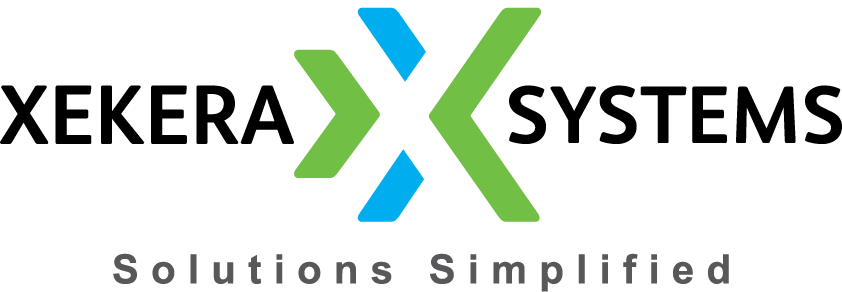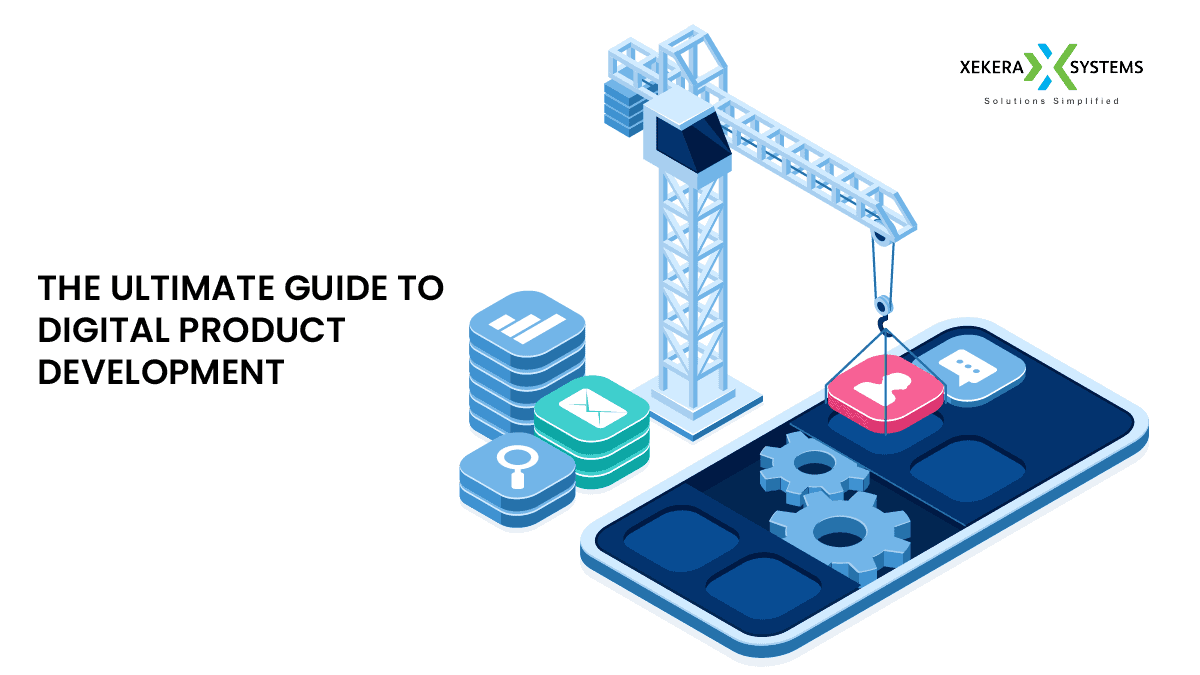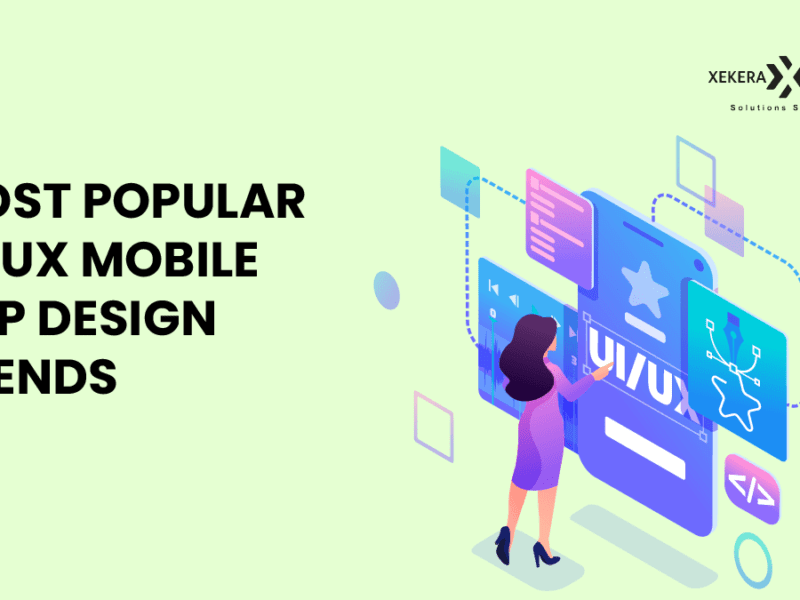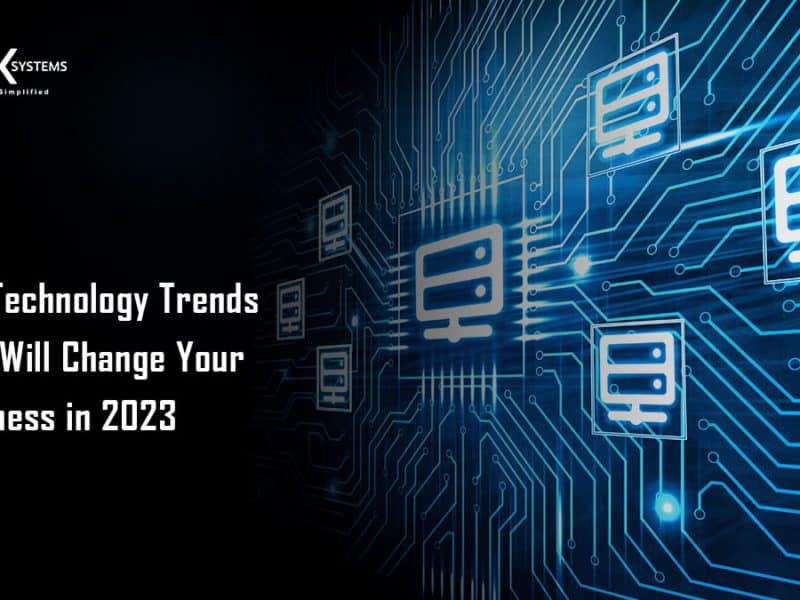Leading businesses are aware of how difficult it is to produce new products. They are aware that the best digital product development approach must be used when creating smart products if they are to produce the best results.
They understand that using digital technology to create smart products is necessary in order to establish the concept of using the greatest digital product.
Do you believe using the conventional waterfall strategy would add to the complexity?
Of course, in the era of the digital revolution, developing a smart product with a clear waterfall structure is like preparing for an unplanned obstacle. If you’re tired of struggling to create a smart product with a traditional approach, don’t worry, you’re not alone. All you need is a shift to adapt to the new evolving world of digital technology.
For example, imagine a house that anticipates all your needs with a single click. Does this sound like science fiction? Maybe so, but that’s the reality these days.
This is due to emerging improvements in technology. IoT is a key component in connecting devices, sharing data and using sensors and communication hardware to help create the best digital products for consumers.
Smart products for Digital Industry 4.0 have shaped businesses and life, from developing a food delivery app to making home automation systems that simplify our daily jobs.
What is digital product development?
It is the process of bringing an idea to real life using cutting edge technologies, best approaches and appropriate strategies.
How does a digital product come to life, into a practical reality? where do you start Is there any plan to find the best approach?
Fortunately, yes! We have come up with six phases of End-to-End digital product development steps. Although each product is different, the creation of a product takes place in a series of steps.

6 steps for digital product development
The life cycle defines six basic steps. It starts with automation and connectivity. These two stages of digitization are the basic requirements for the development of any digital product. It will later add four more stages to reach digital maturity.
Phase 1 | Automation
The first stage is the actual journey that provides the basis for digitization. Automation helps in the design, manufacturing and planning process. Various information technologies are used to computerize and perform multiple tasks, several times efficiently.
Although there are many machines that work manually without any digital intervention. You can integrate them through digital transformation with terminal interfaces. These often act as the missing link between enterprise applications and machines.
Phase 2 | Connectivity
Previously, even without smart connectivity, machines were tested before launch. These listed products have been watched and reviewed by humans. Even before the introduction of IoT, machines were tested before start-up, monitored and inspected after start-up. Even then, questions such as who is the target audience, why, how and when the product is used, the lifespan of the product and what are the risks involved were discussed.
However, in the digital product development process, the increase in connectivity that includes the integration of IoT and IIoT would help shape and drive product requirements. With the involvement of IT and OT connectivity, the design is pushed to production and manufactured in real time through MES production tracking systems. It helps in creating integrated approaches from design to final production.
Phase 3 | Visibility
With the help of digitization, sensors can detect falls and network technology can detect and record events in real time. It helps keep digital products updated.
Visibility enables businesses to make data-driven decisions to increase product success. Additionally, product viability in the market can provide you with real-time data on customer usage behavior. Bottlenecks, poor UI designs, and any other issues can be easily identified and resolved.
Phase 4 | Transparency
Identify and analyze captured data to interpret digital shadow interactions. Using big data applications in parallel with MES and ERP systems provides a common platform that is used to perform the analyzed data.
Data transparency is required for predictive maintenance of products. This stage of the development life cycle can help in monitoring the production equipment and its operation.
Phase 5 | Predictability
Predictability is the phase of digital product development where abstract traces are depicted to identify unwanted exposure to external threats. The fifth stage is predictability, which helps in visualizing future scenarios when projecting a digital shadow. This allows businesses to anticipate future deployments.
Events that are done manually will have a negative impact. Limiting unexpected events enables robust business operations. It helps in flagging recurring logistical problems in the past. Society’s ability to predict the future depends on primary interactions and background. Abstracted tracks with effective decisions ensure high standard production of digital products.
Phase 6 | Adaptability
Adapting to new technology and manufacturing technology-driven products allows the company to delegate certain IT decisions. The goal is to achieve adaptability and use data from the digital twin to make decisions in the shortest possible time. It helps implement measures through automation and run businesses at the speed of today’s digital world without much human intervention.
That’s it with the stages of digital product development.
However, there are several methods or approaches to successful digital product development. The emerging industrial revolution brought smart factories and smart manufacturing with high automation connected to high-tech networks. However, each company has its own way of implementing and offering the full cycle of product development services.
There are digital product development companies that are affected by new technological advancements. It leads to the production of innovative smart products that meet the demands of the market. On the other hand, society plays a key role in issues of environmental impact, health and safety.
Now we will understand the different models adopted by different companies for designing digital products.
Digital product development – approaches
We laid out the above general stages of product development. However, there are specific models that a product design agency often uses to develop a digital product. Let’s take a closer look at each of them.
Development of waterfalls
This is the most common traditional approach to digital product development. It offers a phased framework including linear phases from idea to launch.
Unlike the agile method, waterfall focuses on intensive paperwork for each phase.
Before the start of each stage is a stage that will be displayed before moving on to the next. It sets the scope and timeline where you can understand the entire manufacturing process at launch. Waterfall development is suitable for companies with sufficient budget, technology stack and timeline. In-house projects can benefit from this approach.
Agile development
Agile development emphasizes face-to-face communication with quick and flexible responses to change. It divides the development cycle into short-term iterations. The Agile method does not look back at the previous phase until the entire product development is complete. It mainly focuses on:
- Provide updated versions
- Monitoring product performance and receiving feedback
- Returning to the first step of development to improve updates
- Team alignment on updated versions
Lean Development
The lean development approach is the transformation of Toyota’s lean manufacturing to create digital products. It generally refers to the elimination of wasteful processes. This improves the efficiency and cost effectiveness of businesses.
When implementing this method, digital product developers and engineers should consider all processes and eliminate their downstream effects when developing a digital product. Improves visibility, coordination and workflow.
Feature Driven Development
It is one of the descendants of agile development, where companies move from phased to iterative approaches. This approach is design-oriented and is divided into parts, namely elements. The process cycle of a feature-driven approach includes overall model development, feature list, planning and design, implementation, etc. However, small projects are unlikely to benefit from such an approach.
Hybrid development
Where most startups adapt to agile development, many others require a hybrid approach – a combination of agile and waterfall development. You can customize the approach according to the development and requirements of the product. Dependencies between the two methods will synchronize, as the waterfall approach focuses on upfront planning and agile prefers a progressive plan at each stage.
Which approach is best for your digital product development?
There is no such thing as a “best approach” for your digital development product. Additionally, most startups stick to one method throughout the entire development process.
Nevertheless, the most preferred approach is the agile method. It says that “Global Demand for Agile Development and Testing Services Market Size to Exceed USD 30 Billion by 2026”.
A highly adaptable process that focuses on breaking a large project into smaller parts for improvement.
Agile methodology helps in performance testing during each iteration to identify problems and lead to quick adjustments. Agile methodology with modern digital engineering services can create wonders.
Final Words – Digital Product Design and Development
From idea to new product launch, digital product development includes the above stages.
An agile approach is best suited for a successful digital product launch. If you’re about to jump into product development, get in touch with Xekera Systems for expert advice on how to proceed through the stages and what approach is right for you. It is the best digital product design and development agency that knows how to use data to provide you with a possible basis for launching a new final product.
Along with discussing your product development idea with their digital product engineers, you can also take the app development a step further after launch to reach a wider audience.
Along with discussing your product development idea with an embedded software engineer, you can also take a step further in post-launch application development to reach a wider audience.



